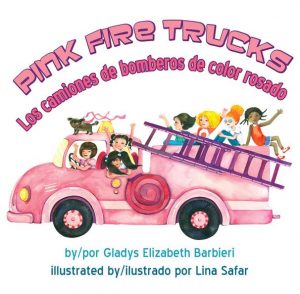 A young Mexican American girl accompanies her father to a swap meet, where she hopes to sell her music box for money for dancing lessons.
A young Mexican American girl accompanies her father to a swap meet, where she hopes to sell her music box for money for dancing lessons.
Latinx in US
Dale, Dale, Dale/Hit It, Hit It, Hit It: Una fiesta de números/A Fiesta of Numbers
Béisbol!
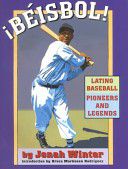
Presents profiles of fourteen Latino baseball players who, from 1900 through the 1960s, were pioneers of the sport in their home countries and the United States.
Angels Ride Bikes And Other Fall Poems: Los Angeles Andan Bicicletas
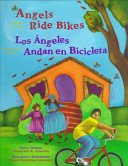
A bilingual collection of poems by a renowned Mexican-American poet revisits and celebrates his childhood memories of fall in the city and growing up in Los Angeles. By the creators of Laughing Tomatoes and Other Spring Poems. 10,000 first printing.
The Upside Down Boy / El Niño De Cabeza
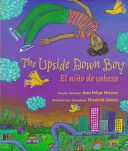
The author recalls the year when his farm worker parents settled down in the city so that he could go to school for the first time.
Featured in WOW Review Volume X, Issue 1.
Pink Fire Trucks / Los camiones de bomberos de color rosado
Cada Niño/Every Child
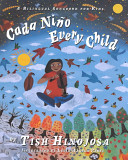
In “Cada Nino / Every Child, “acclaimed singer/songwriter Tish Hinojosa presents eleven bilingual songs especially for children. Some are playful toe-tappers like “The Barnyard Dance / El Baile Vegetal” where all the peas and greens and cabbage and beans shimmy in the pale moonlight; some are ballads, telling stories about the Mexican Revolution; while some are lullabies, sweet and dreamy, or celebrations of a grandmother’s love. But all of the songs will teach children about the rich mixture of Latino and American culture and tradition that is spreading out from the border across the United States. Every song is presented in both Spanish and English. Lyrics, music and guitar chords will help kids, parents and teachers to sing and play these wonderful songs themselves. Tish Hinojosa grew up in San Antonio in a house full of music. Moving with equal grace through folk, country, pop and Hispanic idioms, Tish’s music is known for dissolving the boundaries between cultures, languages and musical genres. Her CD “Cado Nino /Every Child “garnered a Parent’s Choice Gold Award and an award from the National Association of Parenting Publications. Hinojosa’s music has been widely praised in the national press and she has appeared on “Austin City Limits, Good Morning America, ” and at the White House for former President and Mrs. Clinton. Tish lives in Austin, Texas. Lucia Angela Perez illustrated her first book, “Little Gold Star/ Estrellita de Oro, “with her mother, Gloria Osuna Perez. The book and the poignant story of this mother and daughter was featured on National Public Radio. “Little Gold Star “was chosen by Nick Jr. Magazine as one of the 30 best books of the year 2000. “Cada Nino / Every Child “is Lucia Angela Perez’ second book. Lucia lives in Fort Worth, Texas.
Mountain Dog
When his mother is sent to jail in Los Angeles, eleven-year-old Tony goes to live with his forest ranger great-uncle in the Sierra Nevada Mountains, where Tony experiences unconditional love for the first time through his friendship with a rescue dog.
Say Hola to Spanish, Otra Vez
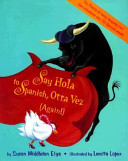
Presents a humorous introduction to Spanish words through illustrations and rhyming text.
Calling The Doves/El Canto De Las Palomas: El Canto De Las Palomas
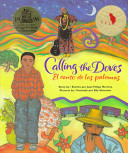
In this bilingual autobiography, the Mexican American poet Juan Felipe Herrera describes his childhood in California as the son of migrant workers. The author recalls his childhood in the mountains and valleys of California with his farmworker parents who inspired him with poetry and song. A rich, personal narrative about growing up as a migrant farmworker. Herrera relates how he learned to love the land from his father, and poetry from his mother. He uses lyrical passages to portray everyday life, e.g., the ritual of breakfast: The sky was my blue spoon – the wavy clay of the land was my plate. The colored-pencil and acrylic illustrations are bright and at times fanciful. Simmon’s artwork brings to life Herrera’s words, which are printed in both English and Spanish.


